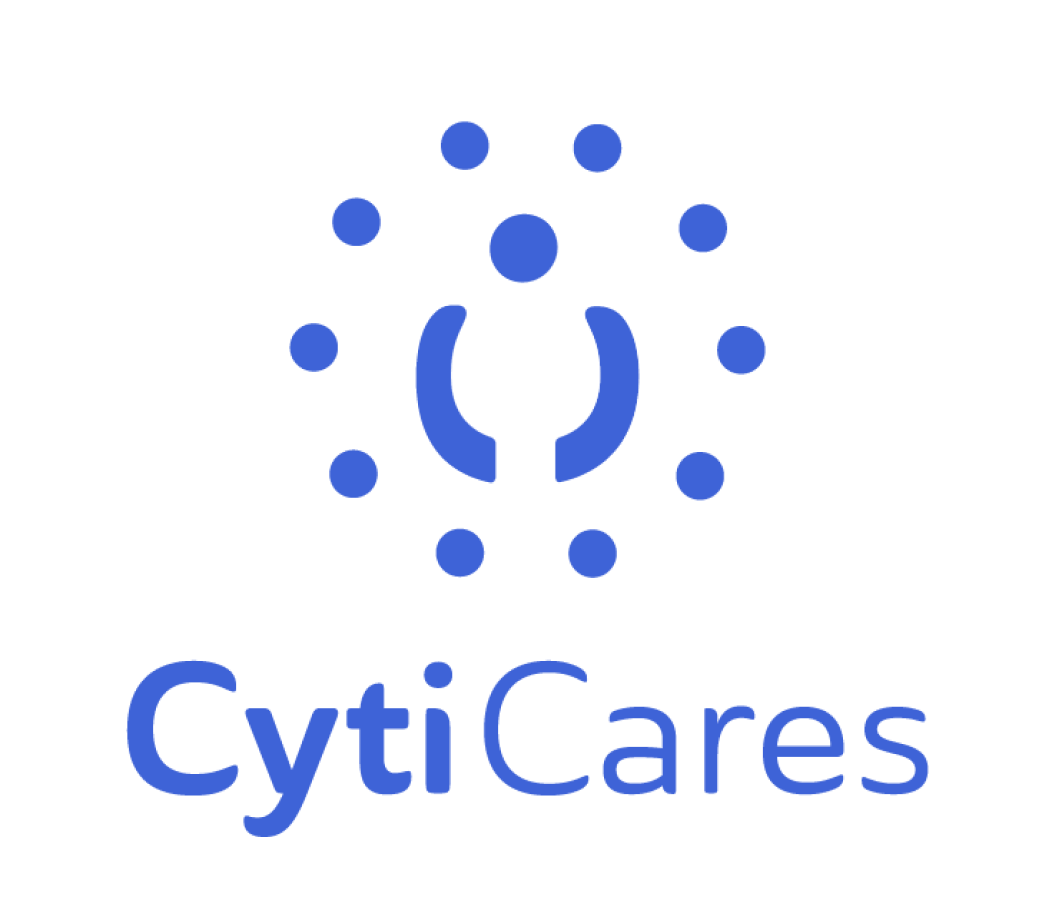Arachnophobia, (fear of spiders), claustrophobia (fear of enclosed spaces), and agoraphobia (fear of crowded public spaces) are three common fears you’ve probably heard of. While you may be able to understand why some people would be scared of spiders or enclosed spaces, there are other phobias that are more difficult to relate to. Chromophobia and trypophobia are two of the more unusual fears that people struggle to understand.
Chromophobia
Chromophobia is an intense fear of, or aversion to, colors. Most people with this phobia either fear just one or two colors, but some fear only bright colors, while others fear all colors. Whenever they see the color they’re afraid of, someone with chromophobia will have trouble breathing, sweat a lot, or may even have a panic attack.
Because colors are so difficult to avoid in the world, people with chromophobia may stay home and avoid interacting with others. This can be incredibly damaging for relationships and make it challenging for someone to work.
It’s difficult to say exactly how many people suffer from any kind of phobia, including chromophobia. This is because many people may keep this fear to themselves or may not even realize they have it. Around 10% of American adults and 20% of teenagers experience a phobia at some point in their lives, but it’s almost impossible to be any more specific.
Types of chromophobia
While some people may fear all colors, most people with chromophobia are more likely to be anxious when confronted with one or two specific colors. These include:
- Xanthophobia — fear of yellow
- Chrysophobia — fear of gold or orange
- Melanophobia — fear of black
- Cyanophobia — fear of blue
- Rhodophobia — fear of pink
- Kastanophobia — fear of brown
- Prasinophobia — fear of green
- Leukophobia — fear of white
Trypophobia
Trypophobia is a little more complicated than chromophobia. It’s generally described as a fear of shapes, but it really refers to a fear of shapes created by nature. People with trypophobia are most often scared of clustered holes found in things like honeycomb, dried seed pods, mold, sponges, coral, wood, plants, skin, and meat.
It’s not the actual holes that people fear, but the danger their brains associate with the holes. When someone with trypophobia sees the holes that cause them to feel fear, they experience sensations like their skin is crawling, they feel itchy, and may feel physically sick. Some people may even experience panic attacks as a result of seeing the item with the holes or even just an image of the thing with the holes.
Experts think the fear originates from worrying about falling into the holes and worrying about what may be living inside the holes. The sense of danger that the holes generate comes from the primitive portion of someone’s brain.
While most of us have adapted and can recognize that the holes pose no danger, people with trypophobia experience an unconscious reflex reaction that they’re incapable of controlling.
What causes phobias?
Health experts aren’t entirely sure what causes phobias such as chromophobia and trypophobia. Like other irrational fears, they’re probably caused by a combination of environmental factors and genetics.
People with a mental illness, such as anxiety or depression, are also more likely to develop a phobia. These mental illnesses and mood disorders are also genetic. So if you’ve got a relative with anxiety or depression, you may be more likely to develop a phobia, too.
Fear of a certain color or shape can also be connected to PTSD. If you experience a traumatic event that you associate with a specific shape or color, the negative feelings you experienced during the event may resurface when you see the shape or color again.
People with sensory processing issues, Asperger’s, or autism may display symptoms similar to chromophobia or trypophobia without actually having the phobia. They may have an aversion to a certain color or shape and avoid ones that cause them discomfort.
Treating fears of colors and shapes
Phobias don’t have to be permanent. There are treatments and therapies which can help you manage your symptoms. Some of the most effective treatments include:
- Exposure therapy: Increases your contact with specific shapes and colors. You’ll be shown certain shapes and colors for a few seconds at a time to reduce your sensitivity toward them.
- CBT (Cognitive Behavioral Therapy): Helps you think about your fears from a new perspective, allowing you to control how you respond to them.
- Psychotherapy: Encourages you to discuss your fears with your therapist and discover strategies that can help you overcome them.
- Hypnotherapy: Uses guided relaxation while you’re in a hypnotic state and your mind is open to considering your fears in a new way.
- Relaxation techniques: Practicing meditation, breathing exercises, mindfulness, and yoga to control anxiety.
- Medication: To treat anxiety, panic attacks, and other mental health disorders.
Stop living in fear
If you suffer from chromophobia, trypophobia, or any other kind of phobia, we’re here to help. Our Cyti therapists are trained in a number of effective treatments for phobias, including CBT and psychotherapy.
They can help you get to the root of your phobia and teach you coping techniques so you can manage your symptoms and get back to living the life you deserve. Make your first appointment today and stop living in fear.
About the author: Shiva Amin
Shiva is a licensed clinical psychologist providing telehealth services in California. She mostly sees clients who are struggling with anxiety, depression, work stress, relationship issues, and adjustment issues. She uses an evidence based treatment approach such as Cognitive Behavioral Therapy and Solution Focused Therapy. Her goal is to provide each client a safe place to talk about their concerns, while exploring different perspectives and options in managing their difficulties.








